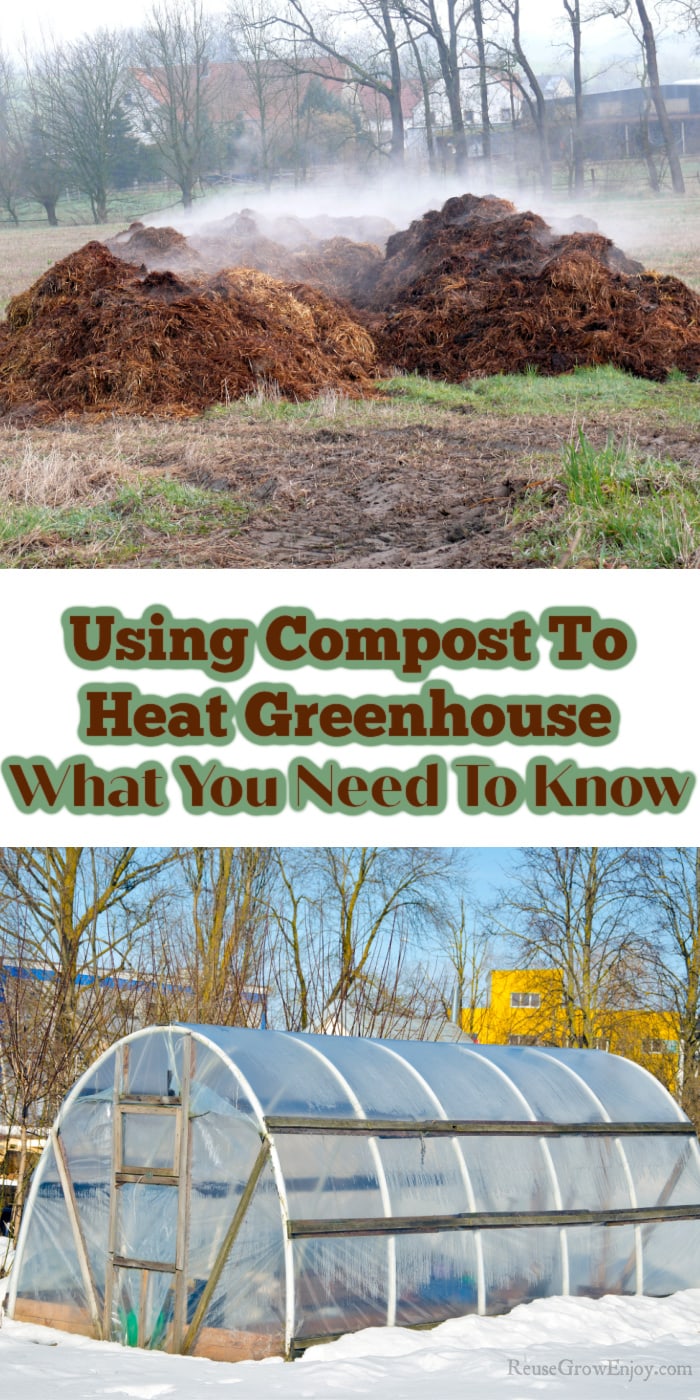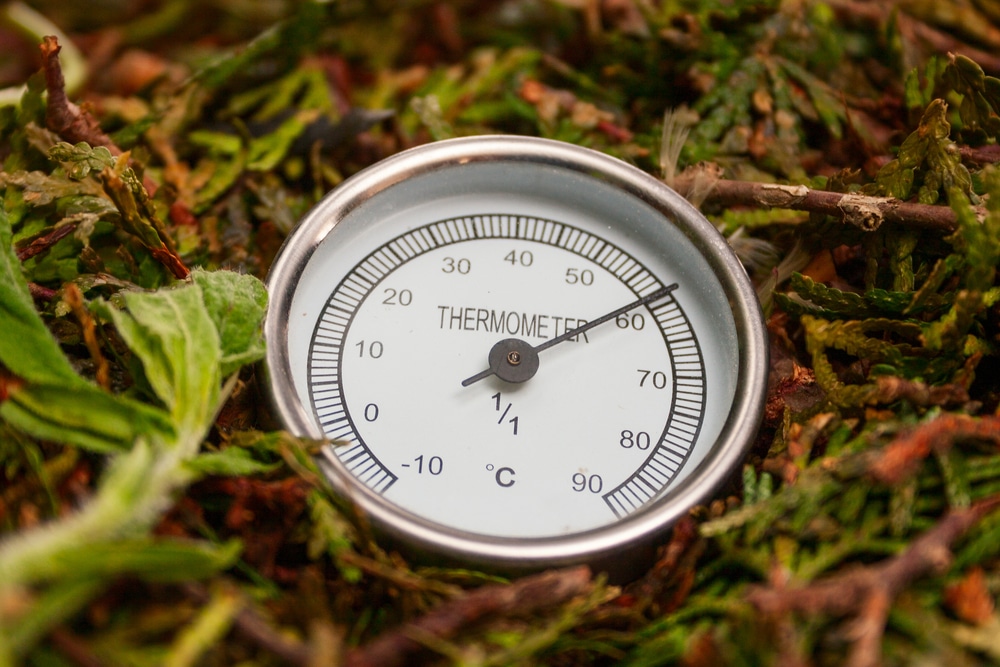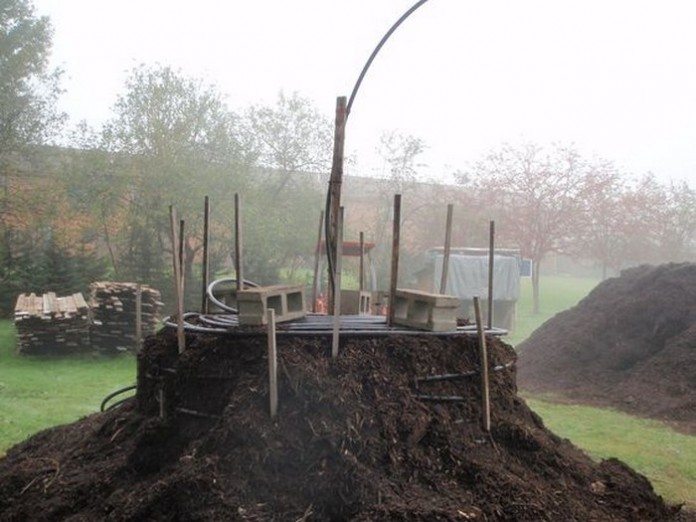The Science Behind Compost Heat
Decomposition, the natural process of breaking down organic matter, is a complex phenomenon that involves the actions of microorganisms such as bacteria and fungi. These microorganisms feed on the carbon-rich materials in compost, releasing heat as a byproduct of their metabolic processes. The temperature of the compost pile can rise significantly, often reaching temperatures between 130°F and 140°F (54°C and 60°C), making it an ideal environment for these microorganisms to thrive. Understanding the science behind compost heat is crucial in creating an optimal environment for these microorganisms to break down organic matter efficiently. By grasping how to heat up compost, individuals can better manage their compost piles, ensuring a faster and more effective decomposition process. This, in turn, leads to a nutrient-rich soil amendment that can support healthy plant growth.
Why Heat Matters in Composting
High temperatures play a crucial role in the composting process, offering several benefits that can significantly improve the quality of the final product. One of the primary advantages of heat in composting is its ability to kill off pathogens, weed seeds, and pests that can be present in the organic matter. This is especially important for gardeners who plan to use their compost to grow edible crops, as it ensures a safe and healthy growing environment. Additionally, high temperatures can speed up the decomposition process, allowing composters to produce a rich, nutrient-dense soil amendment in a shorter amount of time. By understanding how to heat up compost effectively, individuals can create an optimal environment for microorganisms to thrive, leading to a faster and more efficient decomposition process.
How to Create the Perfect Compost Environment
To create an optimal environment for heat generation in composting, it’s essential to set up a well-balanced compost bin or pile. One of the critical factors to consider is the carbon-to-nitrogen ratio, which should ideally range from 2:1 to 10:1. This balance ensures that microorganisms have the necessary energy sources to break down organic matter efficiently. Additionally, maintaining adequate moisture levels is crucial, as compost needs to be kept moist, like a damp sponge. Aeration is also vital, as it allows oxygen to flow into the compost pile, supporting the growth of microorganisms and heat generation. To achieve optimal aeration, consider incorporating bulking agents like straw or shredded newspaper into the compost mix. By understanding how to heat up compost through these factors, individuals can create an ideal environment for microorganisms to thrive, leading to a faster and more efficient decomposition process.
Monitoring and Maintaining Compost Temperature
Regularly monitoring compost temperature is crucial to ensure optimal heat generation and decomposition. Composters should aim to maintain temperatures between 130°F and 140°F (54°C and 60°C), which is ideal for killing off pathogens and weed seeds. To check compost temperature, use a compost thermometer, inserting it into the center of the pile or bin. Take readings at different depths and locations to get an accurate average temperature. If the temperature is too low, adjust the compost environment by adding more nitrogen-rich materials, turning the pile to increase oxygen flow, or incorporating microbe-rich ingredients. Conversely, if the temperature is too high, turn the pile to aerate it and reduce heat generation. By regularly monitoring and maintaining optimal compost temperatures, individuals can create an ideal environment for microorganisms to thrive, leading to a faster and more efficient decomposition process. Remember, understanding how to heat up compost effectively is key to producing high-quality compost.
Common Mistakes to Avoid in Compost Heat Management
When it comes to composting, avoiding common mistakes is crucial to ensure optimal heat generation and decomposition. One of the most critical errors to avoid is inadequate aeration, which can lead to anaerobic conditions and slow down the decomposition process. To prevent this, make sure to turn the compost pile regularly and incorporate bulking agents like straw or shredded newspaper to increase oxygen flow. Another common mistake is inconsistent moisture levels, which can either dry out the microorganisms or create a soggy, oxygen-deprived environment. Aim to maintain a moisture level similar to a damp sponge, and adjust as needed. Insufficient carbon-rich materials, such as brown leaves or twigs, can also hinder heat generation. Ensure a balanced carbon-to-nitrogen ratio by incorporating a mix of “green” and “brown” materials. By being aware of these common mistakes and taking steps to avoid them, individuals can create an optimal environment for microorganisms to thrive, ultimately learning how to heat up compost effectively and efficiently.
Using Compost Turners and Aerators to Boost Heat
Compost turners and aerators are valuable tools that can help increase oxygen flow and heat generation in compost piles. These tools are designed to simplify the process of turning and aerating the compost, ensuring that oxygen reaches all areas of the pile and promoting healthy microbial activity. Compost turners, for example, can be used to mix and aerate the compost, while aerators can be inserted into the pile to increase oxygen flow and reduce anaerobic pockets. By incorporating these tools into their composting routine, individuals can create an optimal environment for microorganisms to thrive, ultimately learning how to heat up compost more efficiently. Regular use of compost turners and aerators can also help to reduce odors, prevent pest infestations, and speed up the decomposition process. For those looking to take their composting to the next level, investing in these tools can be a worthwhile investment.
Natural Ways to Heat Up Your Compost
While maintaining optimal composting conditions is crucial, there are also natural methods to boost heat generation in compost piles. One effective way to heat up compost is by adding nitrogen-rich materials, such as blood meal, fish bone meal, or alfalfa meal. These ingredients provide a nutrient-rich environment for microorganisms to thrive, leading to increased heat production. Another approach is to incorporate microbe-rich ingredients like manure, bokashi, or effective microorganisms (EM) into the compost. These ingredients introduce beneficial microorganisms that break down organic matter efficiently, generating heat in the process. Using hot water to create a “compost tea” can also help to heat up the compost. This involves steeping compost materials in hot water to create a nutrient-rich liquid that can be added to the compost pile. By incorporating these natural methods into their composting routine, individuals can learn how to heat up compost effectively and efficiently, without relying on artificial additives or chemicals.
When to Intervene: Troubleshooting Compost Heat Issues
Despite best efforts, compost heat-related problems can still arise. It’s essential to know when to intervene and address common issues, such as slow decomposition, unpleasant odors, or pest infestations. If the compost temperature is consistently low, it may be a sign of inadequate aeration or insufficient carbon-rich materials. In this case, turning the compost pile or adding more brown materials can help to increase oxygen flow and heat generation. Unpleasant odors can be a sign of anaerobic conditions, which can be remedied by adding more oxygen-rich materials or turning the pile to introduce more air. Pest infestations can be addressed by ensuring the compost pile is properly covered and maintained at high temperatures to kill off pests. By regularly monitoring compost temperature and identifying potential issues early, individuals can take corrective action to get their compost back on track and learn how to heat up compost effectively. Remember, a well-maintained compost pile is key to successful decomposition and heat generation.








